Phone case printing technology: features, advantages, choices.
Table of Contents
Introduction
As the market for mobile phone cases is getting bigger and bigger, there are more and more solutions to print patterns on mobile phone cases. Casefty will tell you how to print patterns on mobile phone cases from the factory’s point of view, what kinds of technology are used to print patterns on mobile phone cases, the features, advantages, and disadvantages of different kinds of printing methods, and so on. Among them are UV printing, thermal transfer printing, dye sublimation printing, IMD/IML, pad printing, laser engraving, and so on.
UV Printing
UV printing technology uses an LED cold light source lamp that emits ultraviolet waves, which react with UV ink in the photosensitive curing agent. This process results in the curing of UV ink in the pigment molecules on the surface of the phone case, eliminating the need to wait for the ink to dry. UV printing can theoretically be applied to all objects. Currently, UV printing is the most common form of custom phone case printing, and Casetify uses UV printing for the vast majority of its phone cases!
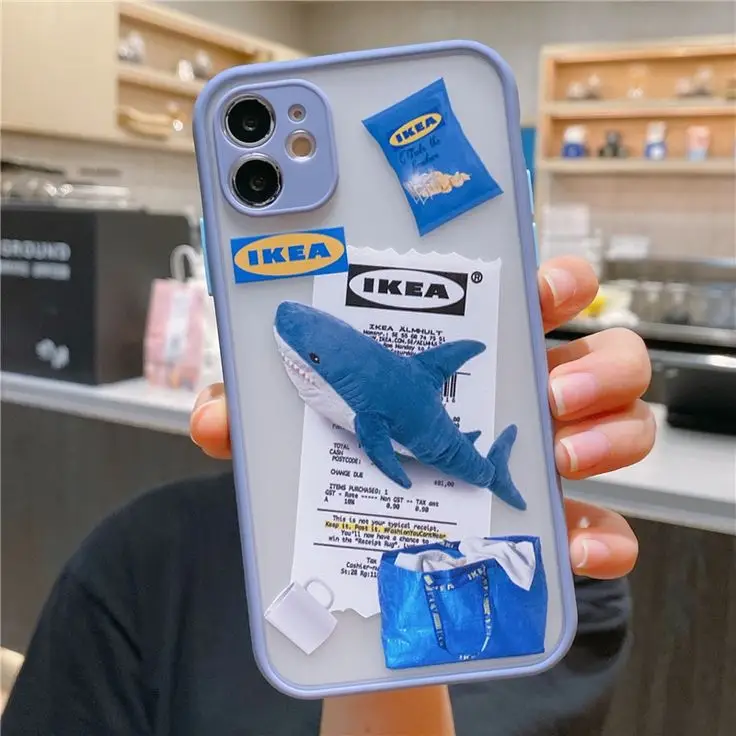
How to work:
Place the mobile phone case on the UV printer, adjust the pattern to be printed on the computer, turn on the machine, and the UV printer can print the set graphics on the mobile phone case.
Advantages of UV printing
Color Accuracy: UV printing is a computer-controlled inkjet process, so color accuracy can be very high. The color on the computer is the same as the color that is printed.
Can print a variety of processes with a bumpy texture: Advanced UV printers can print, for example, electroplating, hot stamping, and other uneven process patterns on the surface of the phone. The pattern layer will look very advanced overall.
Very low minimum order quantity: UV printing can often have a starting quantity as low as 100 pieces, because the UV printer is convenient to turn on and off, so you don’t need such a large starting quantity.
Disadvantages
If the printing of the base material does not match well, long-term use of the surface pattern layer carries the risk of falling off.
Special processes on the base material requirements are high; not all materials can be printed using special processes, such as electroplating, hot stamping, and so on.
Thermal transfer printing
Thermal transfer printing technology involves printing a pattern on heat-resistant adhesive paper, which is then transferred to a special material phone case through heating and pressurization.
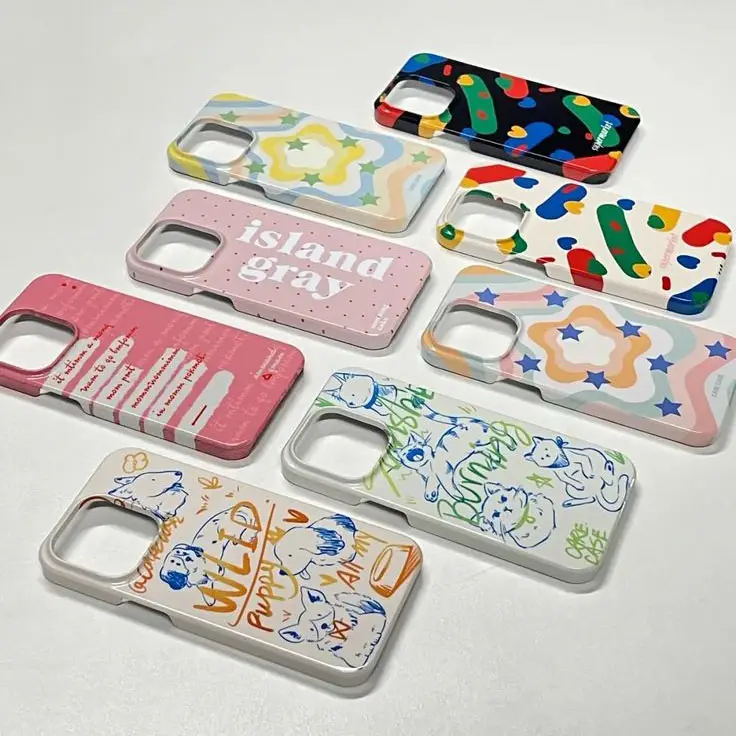
How it works:
The pattern is printed on the heat-resistant adhesive film by digital printing. The heat-resistant adhesive film with the pattern and the mobile phone case without the pattern are placed on the thermal transfer machine, and then heated and pressurized by the thermal transfer machine to transfer the pattern from the heat-resistant adhesive film to the mobile phone case.
Features:
The surface of the phone case with heat transfer printing will have a new pigment coating because the original pigment is newly added to the surface of the phone case.
Advantages of Thermal Transfer Printing
The pattern texture is very good: thermal transfer printing will cover the pigment layer directly on the phone case, so the hand touch will have the illusion of a raised color.
Can be 3D printed: Thermal transfer printing technology can often achieve 3D printing; that is, the back and sides of the phone case can be printed with the full package of patterns.
Low order quantity: Thermal transfer technology is perfect for ordering small quantities and printing samples!
Sublimation printing
Thermal sublimation is a technique in which a heat-resistant film with a pattern is heated to a high temperature to sublimate the pigment molecules in the patterned layer of the film, which is then cooled and finally reapplied to the new substrate. Thermal sublimation is not only used to print patterns on mobile phone cases but is also applied to various electronic product shells, such as game consoles, keyboards, and so on!
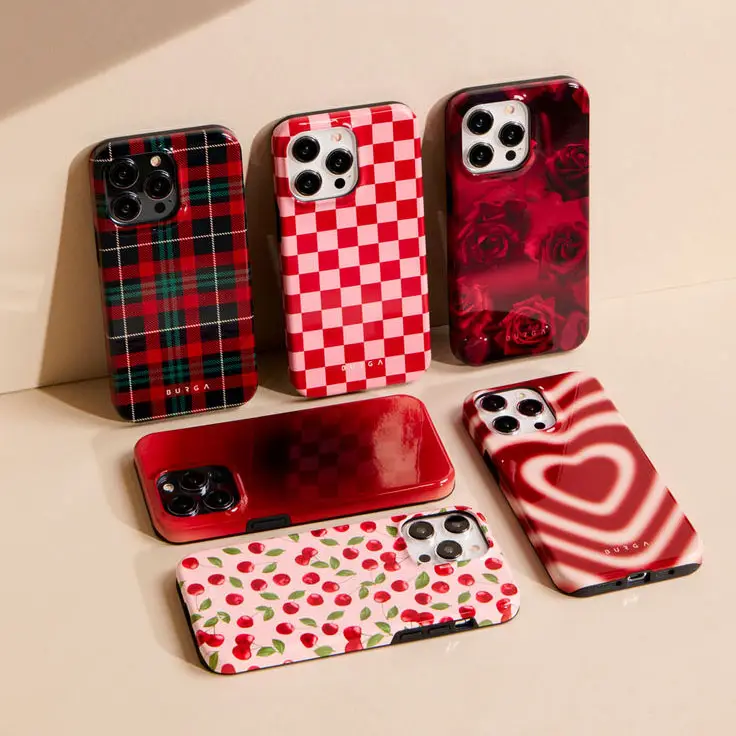
Features:
Thermal sublimation technology transfers the pigment molecules by sublimation, so the pigment molecules are embedded in the base material of the phone case, resulting in a very smooth surface. Thermal sublimation technology is currently the best printing technology for the pattern effect on the phone case, and it truly achieves photo-level detail.
Advantage of Sublimation printing
Photo-level color: heat sublimation is the real photo-level color. If the amount of color in UV printing is compared to 1, then the amount of color in heat sublimation is 1.5. The pattern printed by heat sublimation is able to be compared with the display at the same time.
Can realize 3D printing: Heat sublimation technology can also enable the 3D printing of mobile phone cases, meaning that the back and three sides are printed at the same time.
Suitable for small batch purchases: the minimum order for heat sublimation can be tens of pieces.
Mature printing technology: At present, heat sublimation is not only applied to mobile phone cases but also to various electronic cases.
IMD/IML technology
The IMD/IML technology is a process in which the pattern is first printed on a transparent film sheet, and then the transparent film sheet with the pattern is embedded into the phone case by injection molding the whole film sheet, so that the pattern is sandwiched between the phone case and the transparent film sheet.
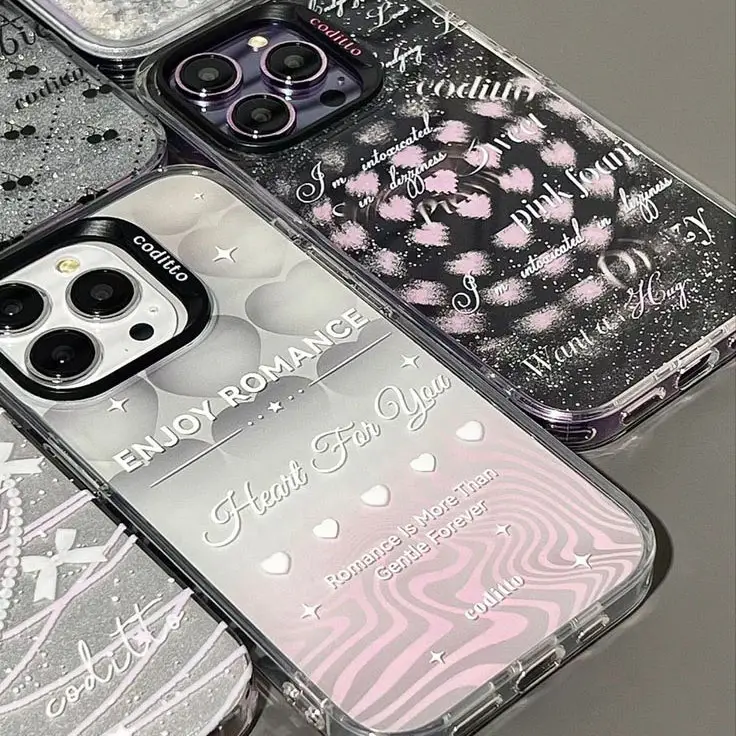
Features:
The pattern is on the inside of the phone case, and you can add more than two layers of pattern. The design is richer, the color will not fade with time, and it will not be scratched.
Advantage of IMD/IML
Multi-layer pattern: IMD/IML technology can set up multi-layer patterns, which can achieve very rich effects.
Pattern durability: Because there is a layer of transparent film sheet insulating the pattern, the pattern will never lose color and will never be scratched.
Suitable for mass production: Because IMD technology can be packaged and shipped directly after straight injection molding, it is very suitable for mass production. As soon as the injection molding machine is opened, hundreds of phone cases are produced, so IMD has 300 to 500 individual images with a starting order quantity.
Pad Printing
Principle:
Similar to the principle of hand printing, the soft rubber with patterned indentations is dipped in ink and then printed on the mobile phone case by pressing the pattern, leaving the imprint of the pattern.
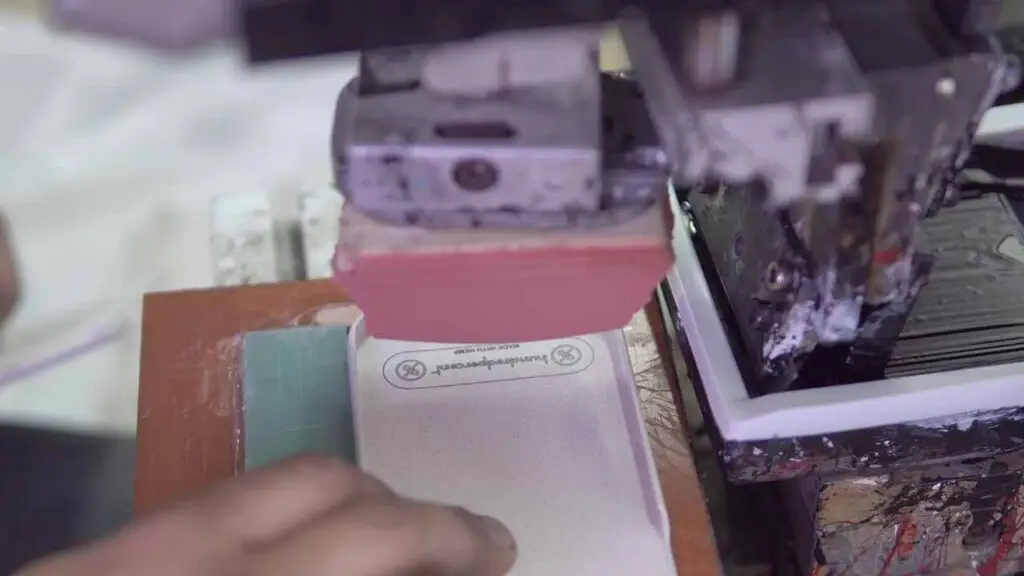
Advantage of Pad Printing
Can print on uneven surfaces. Many eco-friendly mobile phone cases have uneven surfaces with many small gaps, so this type can only be printed using pad printing for mobile phone cases.
Disadvantage of Pad Printing
Due to purely manual operation, the precision will be poor.
Laser Printing
The laser produces a high-intensity laser beam, which is focused through a focusing lens onto the phone case to be engraved. The high temperature of the laser beam can quickly heat and vaporize the material, thus leaving a pattern on the phone case.
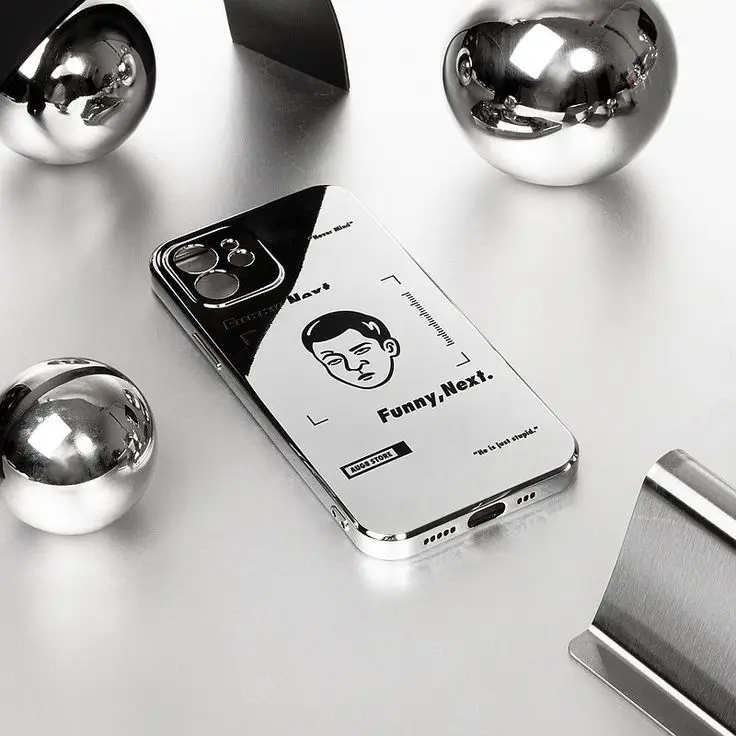
Features:
Laser printing is the best way to print on metal phone cases. It is the worst way to print on plastic cases because the high temperature of the laser can cause uncontrollable dissolution of the surface of the plastic case, which may cause the pattern to fail. Laser printing can also be used on leather and fabric cases.
Frequently Asked Questions
Heat Transfer vs. Sublimation
- Thermal transfer and dye sublimation both use heat to transfer pigment molecules, but in different ways.
- Thermal transfer involves peeling off the entire pattern layer from the film by heating and pressurizing it, and then reapplying it to the base material of the phone case, while thermal sublimation involves transferring the pigment molecules directly through high temperature.
- Thermal transfer allows you to touch the raised pigment layer with your hand, while the surface of thermal sublimation is very smooth because the pigment molecules have already been integrated into the base material of the phone case.
UV Printing vs. Thermal Transfer
UV printing is a computerized process that allows for precise control of inkjet technology, resulting in very high color accuracy. In contrast, thermal transfer only transfers the printed pattern layer, which can lead to slightly lower accuracy. However, the pattern colors produced by thermal transfer are richer than those of UV printing.
UV printing vs. IMD/IML
The pattern layer of UV printing is on top of the base material, so it will surely fall off over time and is not anti-scratch, while the pattern layer of IMD/IML is in the middle of the base material of the mobile phone case and the film, making it anti-scratch and preventing it from falling off.
Conclusion:
When creating a mobile phone case project, if you need a low MOQ, go for UV printing, heat transfer printing, heat sublimation, etc. to print mobile phone cases. If you need a large quantity order, then there is no better choice than IMD/IML technology.
The above are the mainstream printing methods in the current mobile phone case market. If you have any doubts about mobile phone case printing, you can also send an email to us; we are happy to answer your questions.

One Response